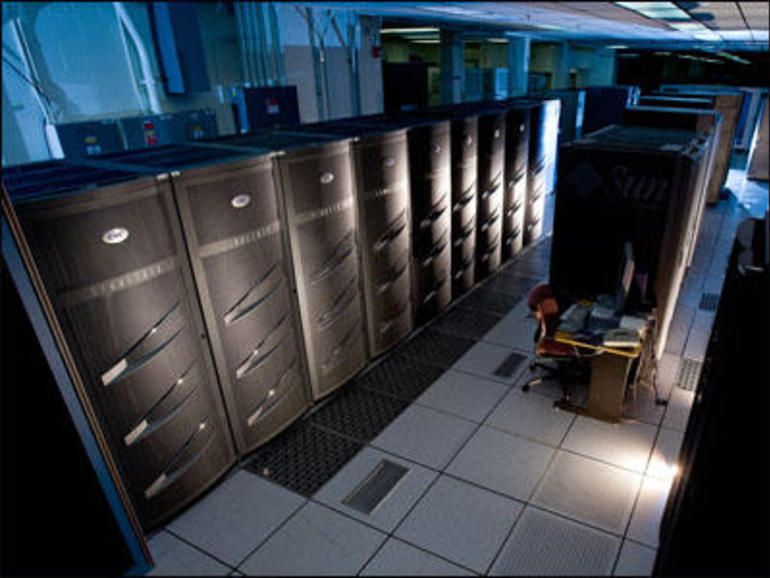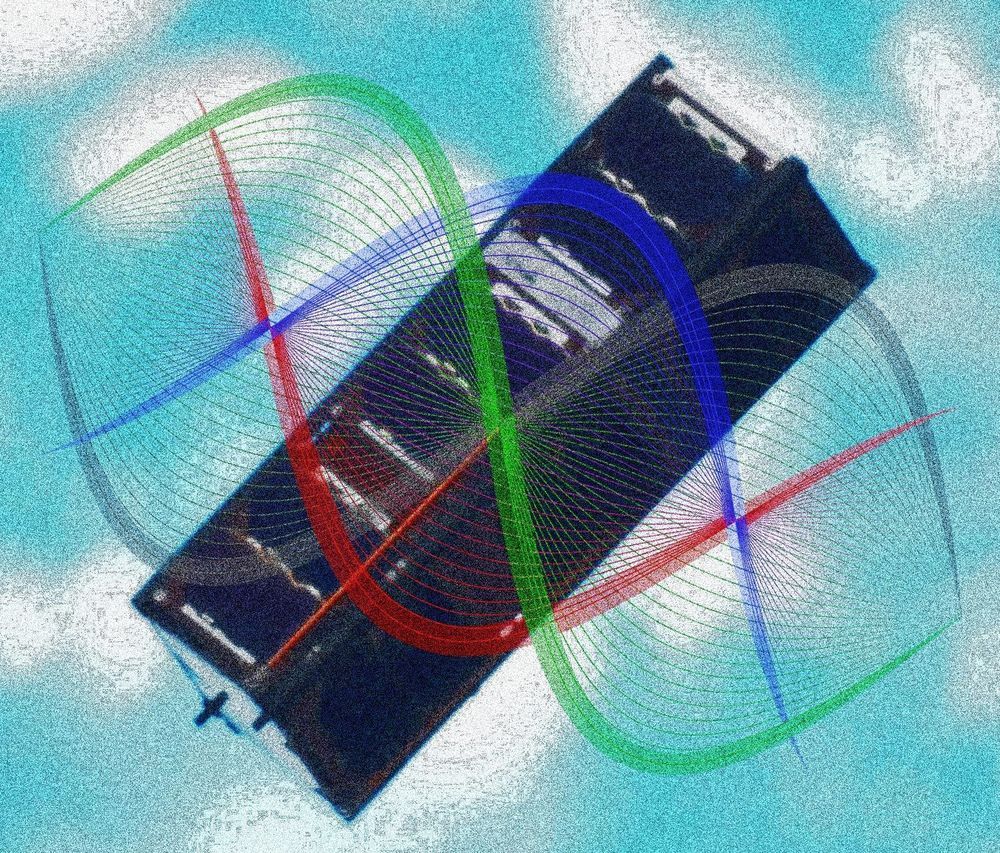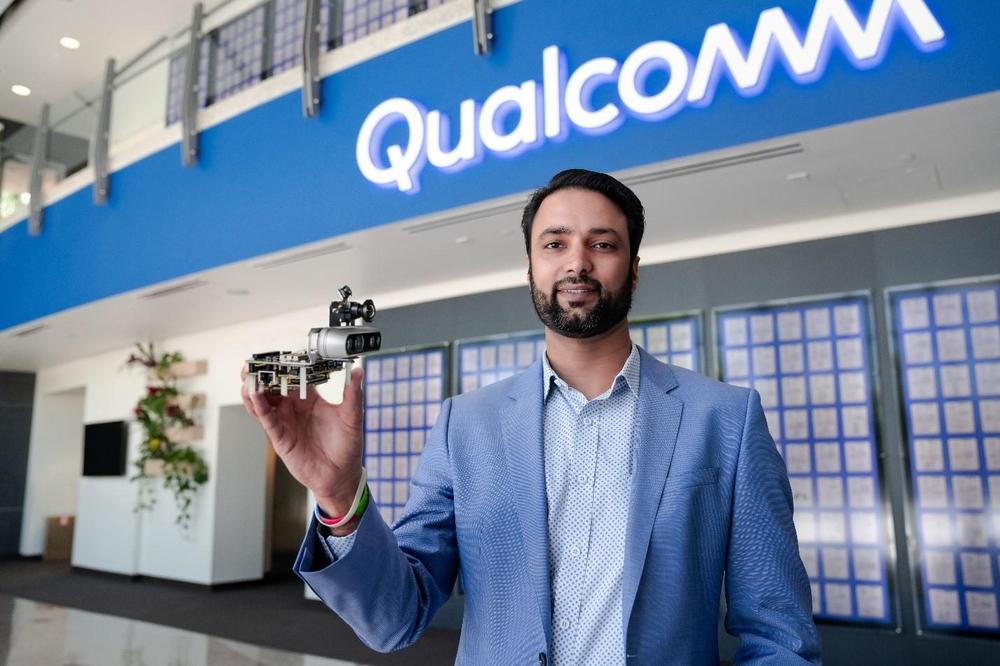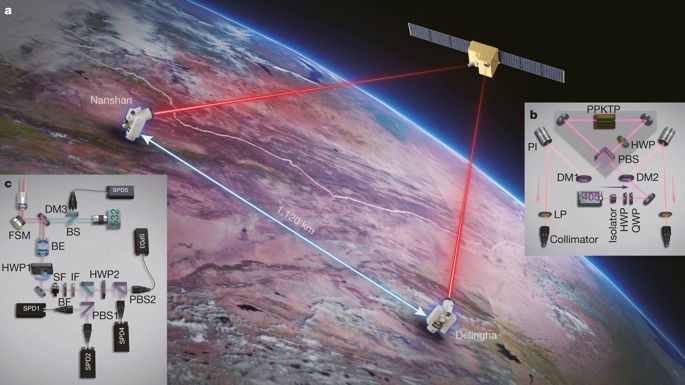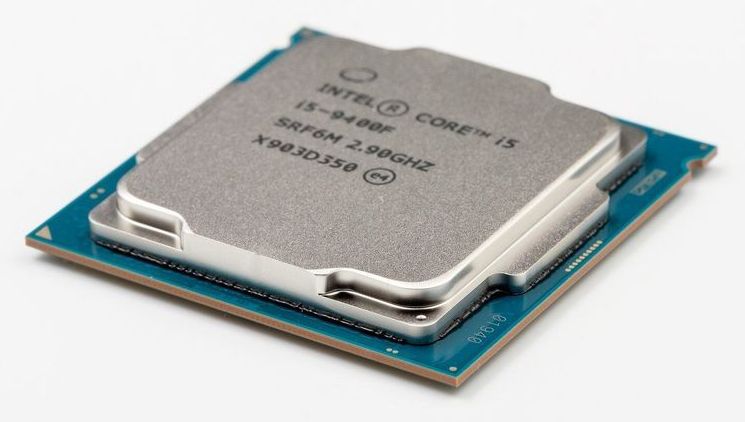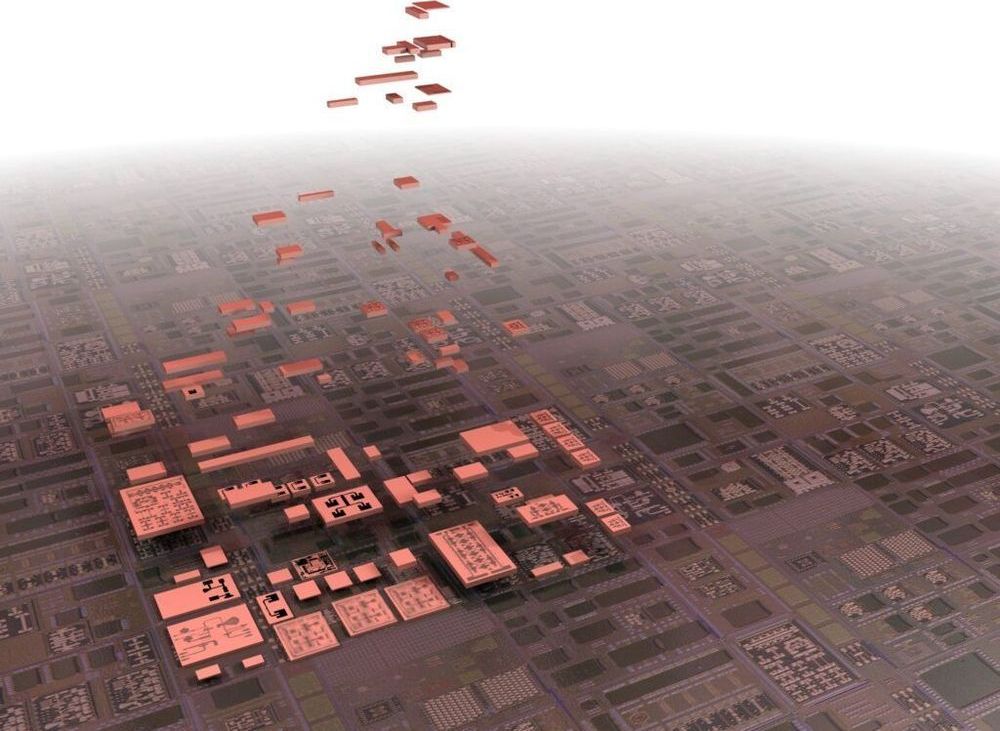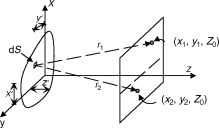Survey finds majority of companies with AI projects reporting positive results. IT leaders see potential for security analytics and predictive intelligence to improve their delivery of tech services.
Category: security – Page 85
Advance poised to enable cost-effective space-based global quantum network for secure communications and more.
In a critical step toward creating a global quantum communications network, researchers have generated and detected quantum entanglement onboard a CubeSat nanosatellite weighing less than 2.6 kilograms and orbiting the Earth.
“In the future, our system could be part of a global quantum network transmitting quantum signals to receivers on Earth or on other spacecraft,” said lead author Aitor Villar from the Centre for Quantum Technologies at the National University of Singapore. “These signals could be used to implement any type of quantum communications application, from quantum key distribution for extremely secure data transmission to quantum teleportation, where information is transferred by replicating the state of a quantum system from a distance.”
The founders of Athena Security told KVUE the thermal imaging camera can scan 1,000 people per hour, letting them know instantly if you have a fever.
Samsung Galaxy A Quantum
Posted in mobile phones, security
The dimension of the smartphone is 162.5 × 75.5 × 8.1 mm and it weighs 185 grams. The smartphone has a Super AMOLED capacitive touchscreen providing 1080 × 2400 pixels resolution with 393 PPI density. The screen is also protected with Corning Gorilla Glass 3.
The rear camera of the smartphone consists of a 64 MP (wide) + 12 MP (ultrawide) + 5 MP (macro) + 5 MP (depth) while on the front there is a 32 MP (wide) camera for shooting selfies. The smartphone is available in various color options such as Prism Cube Black, Prism Cube Sliver, and Prism Cube Blue.
The Samsung Galaxy A Quantum is powered by the Exynos 980 (8 nm), QRNG security chipset Octa-core processor. The smartphone is fueled with a non-removable Li-Po 4500 mAh battery + Fast battery charging 25W.
Qualcomm today announced its RB5 reference design platform for the robotics and intelligent drone ecosystem. As the field of robotics continues to evolve towards more advanced capabilities, Qualcomm’s latest platform should help drive the next step in robotics evolution with intelligence and connectivity. The company has combined its 5G connectivity and AI-focused processing along with a flexible peripherals architecture based on what they are calling “mezzanine” modules. The new Qualcomm RB5 platform promises an acceleration in the robotics design and development process with a full suite of hardware, software and development tools. The company is making big promises for the RB5 platform, and if current levels of ecosystem engagement are any indicator, the platform will have ample opportunities to prove itself.
Targeting robot and drone designs meant for enterprise, industrial and professional service applications, at the heart of the platform is Qualcomm’s QRB5165 system on chip (SOC) processor. The QRB5165 is derived from the Snapdragon 865 processor used in mobile devices, but customized for robotic applications with increased camera and image signal processor (ISP) capabilities for additional camera sensors, higher industrial grade temperature and security ratings and a non-Package-on-Package (POP) configuration option.
To help bring highly capable artificial intelligence and machine learning capabilities to bear in these applications, the chip is rated for 15 Tera Operations Per Second (TOPS) of AI performance. Additionally, as it is critical that robots and drones can “see” their surroundings, the architecture also includes support for up to seven concurrent cameras and a dedicated computer vision engine meant to provide enhanced video analytics. Given the sheer amount of information that the platform can generate, process and analyze, the platform also has support for a communications module boasting 4G and 5G connectivity speeds. In particular, the addition of 5G to the platform will allow high speed and low latency data connectivity to the robots or drones.
Quantum key distribution (QKD)1,2,3 is a theoretically secure way of sharing secret keys between remote users. It has been demonstrated in a laboratory over a coiled optical fibre up to 404 kilometres long4,5,6,7. In the field, point-to-point QKD has been achieved from a satellite to a ground station up to 1,200 kilometres away8,9,10. However, real-world QKD-based cryptography targets physically separated users on the Earth, for which the maximum distance has been about 100 kilometres11,12. The use of trusted relays can extend these distances from across a typical metropolitan area13,14,15,16 to intercity17 and even intercontinental distances18. However, relays pose security risks, which can be avoided by using entanglement-based QKD, which has inherent source-independent security19,20. Long-distance entanglement distribution can be realized using quantum repeaters21, but the related technology is still immature for practical implementations22. The obvious alternative for extending the range of quantum communication without compromising its security is satellite-based QKD, but so far satellite-based entanglement distribution has not been efficient23 enough to support QKD. Here we demonstrate entanglement-based QKD between two ground stations separated by 1,120 kilometres at a finite secret-key rate of 0.12 bits per second, without the need for trusted relays. Entangled photon pairs were distributed via two bidirectional downlinks from the Micius satellite to two ground observatories in Delingha and Nanshan in China. The development of a high-efficiency telescope and follow-up optics crucially improved the link efficiency. The generated keys are secure for realistic devices, because our ground receivers were carefully designed to guarantee fair sampling and immunity to all known side channels24,25. Our method not only increases the secure distance on the ground tenfold but also increases the practical security of QKD to an unprecedented level.
A pair of new security threats to Intel-based computer systems have been revealed. The beleaguered semiconductor chip manufacturer has faced a seemingly endless series of vulnerabilities over the past two years.
Although no known attacks have occurred, two teams of researchers have confirmed vulnerabilities in what is supposed to be the safest neighborhood within Intel processor architecture.
One attack, dubbed SGAxe, can gain entry into Intel’s Software Guard eXtensions (SGX) services that were specifically designed to protect critical data in the event of massive assault elsewhere in a system. A hacker theoretically can steal cryptographic keys stored in SGX and use them to break security measures protecting sensitive data such as financial records, copyrighted content or passwords.
Many consumers may have heard of blockchain technology, especially in relation to cryptocurrency. However, they may not be aware of its full potential and impact across industries. Blockchain has the potential to simplify and add greater security to data management, and since its inception, this technology has quietly been changing business processes.
To get further insights, we asked the members of Forbes Technology Council to share some ways blockchain has changed (or will soon change) business. Their best answers are below.
Photo:
“Once a chip is designed, adding security after the fact or making changes to address newly discovered threats is nearly impossible,” explains a DARPA spokesperson.
Detection of Explosives
Posted in biotech/medical, chemistry, health, security, terrorism
Circa 2007
This chapter describes detection of explosives by terahertz Imaging ™. There has been an amplified interest in terahertz (THz) detection for imaging of covered weapons, explosives, chemical and biological agents. THz radiation is readily transmitted through most nonmetallic and nonpolar mediums. This process enables the THz systems to see through concealing barriers, which includes packaging, corrugated cardboard, clothing, shoes, book bags, and such others to find potentially dangerous materials concealed within. Apart from many materials of interest for security applications, which include explosives, chemical agents, and other such biological agents that have characteristic THz spectra which can be used for fingerprint testing and identify concealed materials. The Terahertz radiation poses either no or minimal health risk to either a suspect being scanned by a THz system or the system’s operator. As plastic explosives, fertilizer bombs, and chemical and biological agents increasingly become weapons of war and terrorism, and the trafficking of illegal drugs increasingly develops as a systemic threat, effective means for rapid detection, and an identification of these threats are required. One proposed solution for locating, detecting, and characterizing concealed threats is to use THz electromagnetic waves to spectroscopically detect and identify concealed materials through their characteristic transmission or reflectivity spectra in the range of 0.5–10 THz.
